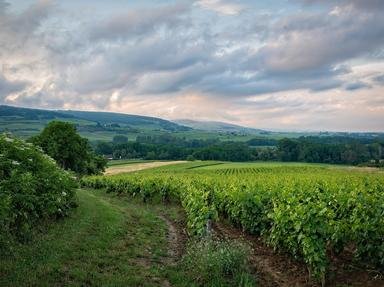Quiz Answer Key and Fun Facts
1. In what kind of landform is Paris located?
2. Between France and the UK are the waters of the English Channel. What is it called in France?
3. When I visited Troyes in 2009, what do you think I reasonably expected to see?
4. Not far from Troyes is the city of Dijon, well-known for its mustard, but also famous for the wise creature symbol which is seen everywhere on buildings and on pathways. What is this creature?
5. On which mountain, the highest in Western Europe, is the town of Chamonix located?
6. Which 325-kilometre section of the Route Nationale 85 is named after the French general who was defeated at Waterloo?
7. While Avignon is a city with many points of interest, it is famous for a song about a particular structure. What is it?
8. What is the name of the spectacular marshy nature area south of Arles, particularly noted for its horses?
9. Near the city of Nimes, which contains many Roman structures, what is built over the River Gard which was vital to the life of the town?
10. North of Nimes is the Dordogne, a forested region in southwest France where the famous Lascaux caves are located. What is special about them?
Source: Author
Calpurnia09
This quiz was reviewed by FunTrivia editor
Pagiedamon before going online.
Any errors found in FunTrivia content are routinely corrected through our feedback system.

